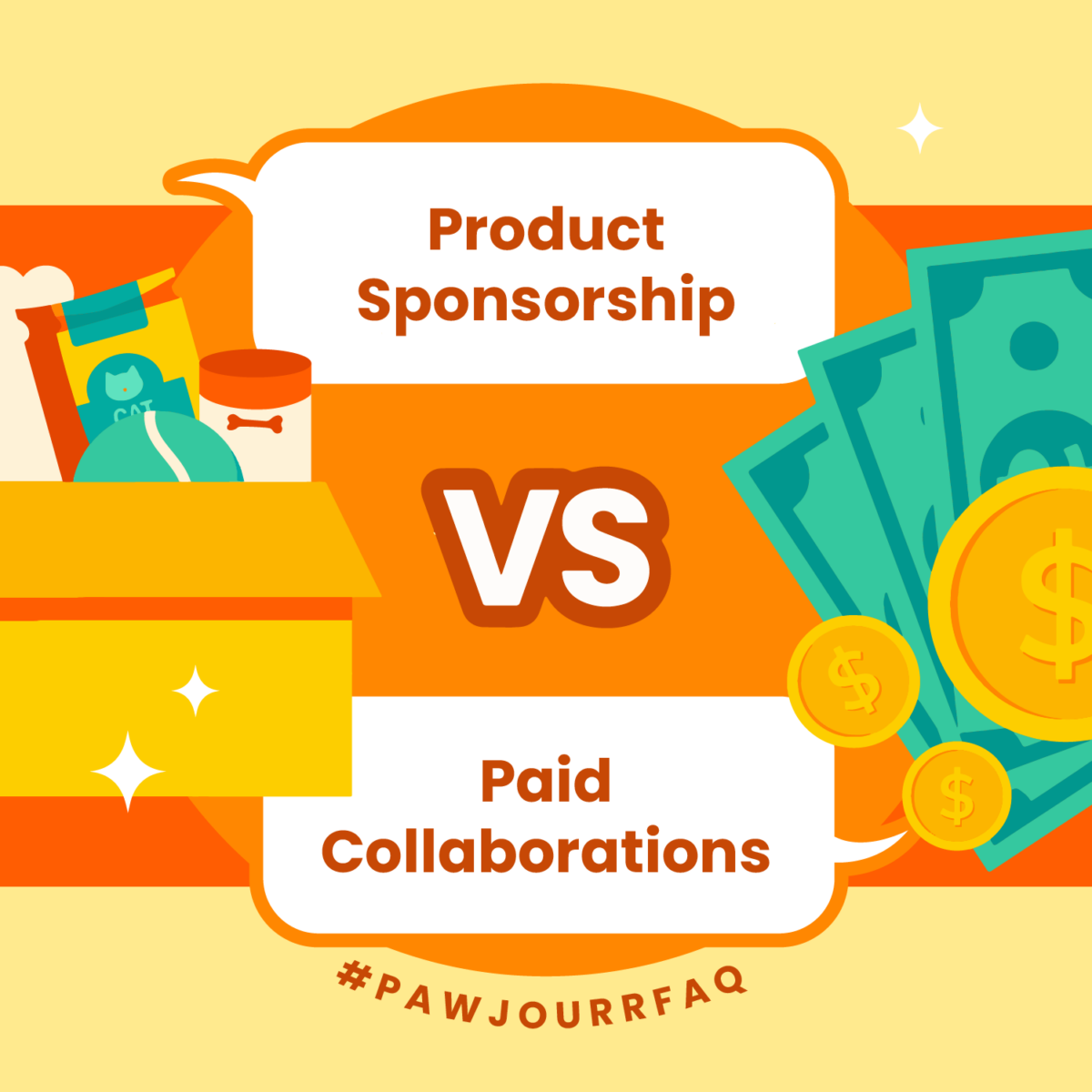Pitching yourself to other brands can be intimidating, especially if you’re just starting your #PawjourrCreator journey. As a new face, you may be wondering “How do I secure partnerships?”, “Am I good enough for the job?” Well, all you have to do is ask!
How do you ask? Through pitch emails and even decks! While creators with larger profiles are commonly approached by these brands for partnerships, partnerships can form the other way round.
What is a brand pitch?
A brand pitch is designed to convince a brand to work with you. It should include:
- A brief introduction of yourself including statistics of your profile audience
- What you love about their brand/product
- Media kit with your own rates
- Past partnerships/experience
How do you pitch to brands as a creator?
The importance of these pitches is to convey what you can offer and why you’re the perfect influencer for the job. Less on how badly you want the job. Remember to keep the pitch brief – within 2 to 3 paragraphs – as an overview of your performance in achieving various campaign objectives; building awareness or increasing conversions.
While 2 to 3 paragraphs might seem very short, a proper structure can help make the most of your “word count”:
- The perfect hook
- Introduce yourself
- Why you love the brand/product
- Include your media kits and quote your rates
- Call-to-action (CTA)
#1: The perfect hook
Whenever you’re applying for the campaign, remember that the person receiving it is probably receiving hundreds of applications too. So make sure yours stands out among hundreds by keeping it short, direct, and memorable.
It should also include the benefits to the brand, and including emojis or small greetings helps to grab attention.
The goal here is to convince the reader to read the entirety of your pitch.
#2: Introduce yourself
This section can be kept as short as possible! The quickest way is to direct them to your profile. So don’t forget to add in links straight away. Highlight and showcase your personal brand by focusing on information that really matters – what makes you stand out from the crowd.
#3: Why you love the brand/product
Brands gravitate towards influencers who have used their products, and loving them is a bonus! Working with a brand that you love makes the partnership a lot more genuine, allowing you to come up with content easily.
While writing your pitch, use these prompts to get the ball rolling:
- What about their product/service that stands out to you?
- Has the brand done anything specific that resonated with you?
- Does the brand value and mission align with yours?
Show them that there’s a reason you’re reaching out to them, and you’ve done your research. Give them an outline on how you want to work together within a sentence or two.
Pro-tip: by focusing on shared values, brands are more likely to view you as a perfect fit.
#4: Include a media kit and quote your rates
When pitching to brands, having a media kit helps to highlight your work. Think of it like a CV or portfolio! Important information to include:
- Your bio and contact information
- Your audience’s demographic – age, country, gender, and interests
- Previous partnerships and testimonies (optional but appreciated)
- Overview of your rates
By including your rates, brands are able to save time by gauging whether they have enough budget to partner with you.
With Pawjourr, you can save the hassle with the Creator Dashboard. As a #PawjourrCreator, your details are automatically saved in your profile where brands can view them in an instant. While applying for campaigns, you can also quote your own rates depending on the job!
#5: Call-to-action (CTA)
You may think that your write-up has ended here, but remember what you want your reader to do, after reading your pitch. Don’t forget to let them know how to contact you in the future, especially if they plan to continue the conversation. And always give your pitch a second read, to avoid any spelling mistakes which can form a bad impression.


